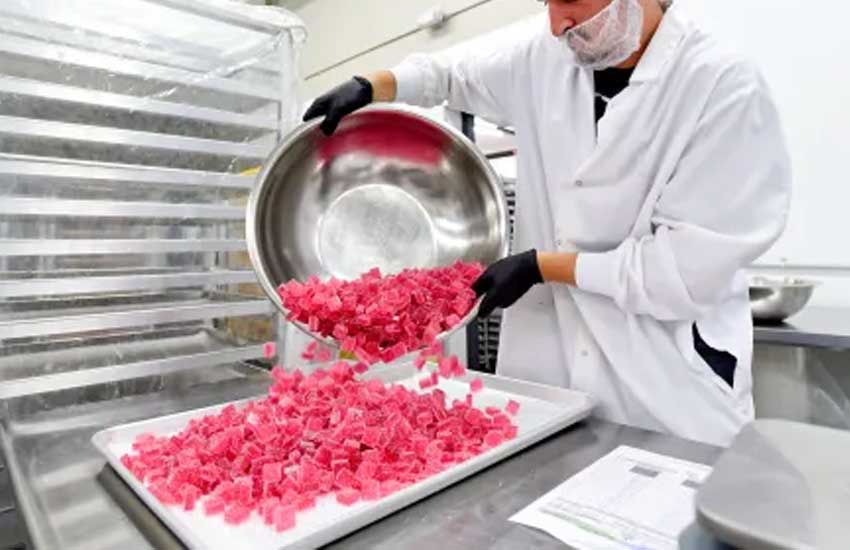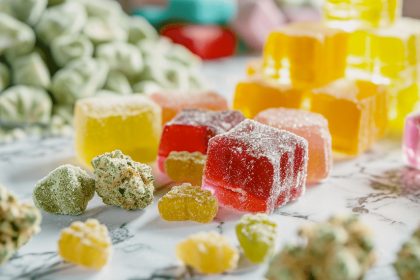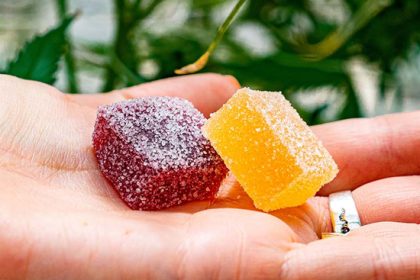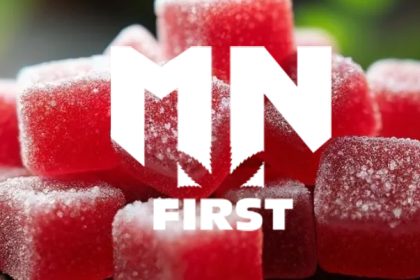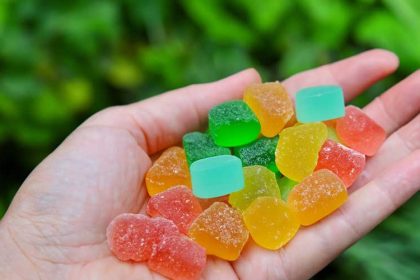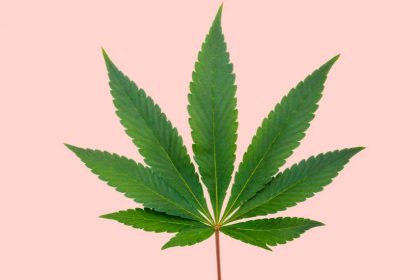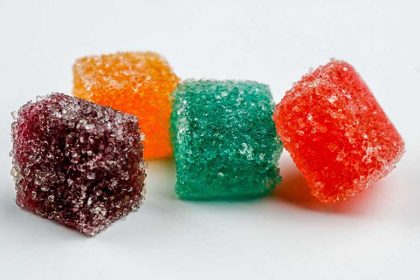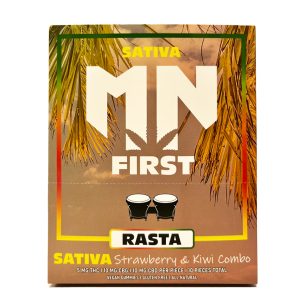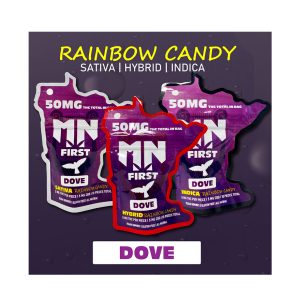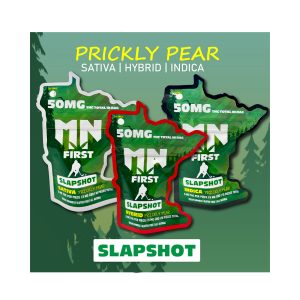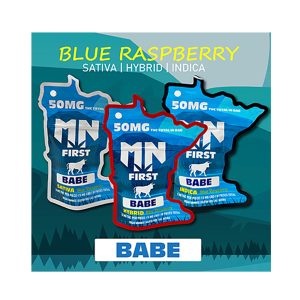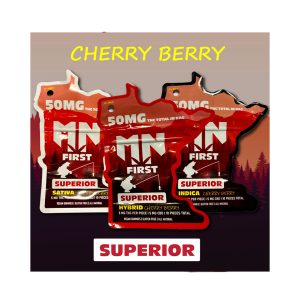Minnesota THC Edibles
When you explore the topic of cannabis edibles, you’ll find a fascinating blend of history, science, and modern culinary creativity. These products, which include everything from gummies to chocolates, operate quite differently in the body compared to smoking or vaping. Understanding the effects, proper dosages, and legal considerations is essential for safe consumption. Have you ever wondered how ancient cultures used cannabis in their food or how to make your own edibles at home? There’s so much more to discover about this evolving facet of cannabis use.
History of Cannabis Edibles
Although cannabis edibles have gained recent popularity, their history dates back to ancient civilizations, where they were used for both medicinal and ritualistic purposes. Dating back to as early as 1000 B.C., the Indian subcontinent‘s inhabitants utilized bhang, an edible preparation of cannabis, in religious ceremonies and as a therapeutic remedy. They believed it could alleviate ailments like fever and dysentery.
Moreover, ancient Chinese texts from around 2000 B.C. document the use of cannabis-infused teas for medicinal purposes, indicating a long-standing tradition of utilizing cannabis in edible forms.
In medieval times, cannabis edibles became widespread in the Middle East, particularly in the form of hashish confections. These sweet treats weren’t only consumed for their psychoactive effects but also recommended in medical texts for their purported health benefits.
By the 19th century, Western medicine began to recognize the potential of cannabis edibles. Figures like William O’Shaughnessy introduced cannabis to the British Empire, advocating its use in tinctures and edibles.
You can see that the historical use of cannabis edibles reflects a broad understanding and appreciation of the plant’s versatile properties across various cultures and time periods. This rich history laid the groundwork for today’s burgeoning edible market.
Types of Edible Products
When exploring the types of cannabis edibles, you’ll find popular forms like gummies, chocolates, and beverages, each offering unique consumption experiences.
Understanding infusion methods, such as oil-based or butter infusions, is important for grasping how these edibles are made.
Additionally, paying attention to dosage and potency guarantees that you can consume these products safely and effectively.
Popular Edible Forms
Exploring the diverse types of cannabis edibles reveals a range of popular forms, each offering unique consumption experiences and effects. Gummies are perhaps the most prevalent, known for their variety of flavors and precise dosing. They’re easy to consume and discreet, making them a favorite among users.
Another common form is baked goods, such as brownies and cookies. These edibles often have a richer, more potent taste and can deliver strong, long-lasting effects.
Chocolates have also gained popularity due to their appealing taste and versatility. They can be infused with varying levels of cannabis, catering to different tolerance levels.
Beverages, including teas, coffees, and sodas, offer another way to consume cannabis. They provide a slower onset of effects but can be enjoyable and pleasant.
Capsules and tablets are preferred by those looking for a more controlled and consistent dosage. They’re convenient and avoid the extra calories and sugars found in many other edibles.
Lastly, savory snacks like infused chips or crackers cater to those who prefer non-sweet options. Each of these forms provides a distinct method for experiencing the effects of cannabis, allowing users to choose according to their preferences and needs.
Infusion Methods Explained
Understanding the various infusion methods used in creating cannabis edibles can help you make more informed choices about the products you consume. One common method is butter infusion, where cannabis is simmered with butter to create a potent ingredient for baking. This method is popular for making cookies, brownies, and other baked goods.
Another technique is oil infusion, which involves steeping cannabis in oils like coconut or olive oil. This results in versatile products suitable for cooking or direct consumption.
Alcohol tinctures are another method, where cannabis is soaked in high-proof alcohol to extract cannabinoids, resulting in a liquid that can be added to beverages or used sublingually. Glycerin-based tinctures offer a non-alcoholic alternative, ideal for those wanting a sweeter, less harsh option.
Lastly, there are water-soluble infusions, which use advanced technology to create products that mix easily with beverages. These are fast-acting and more discreet.
Each method affects the onset time and the duration of effects, so your choice should align with your consumption preferences and desired experience. By understanding these methods, you can select products that best suit your needs and preferences.
Dosage and Potency
Accurately gauging the dosage and potency of cannabis edibles is essential for ensuring a safe and enjoyable experience. When choosing edible products, you’ll encounter a range of options, each with varying THC and CBD concentrations. Gummies, chocolates, and baked goods are common, with dosages typically starting at 2.5 mg of THC and increasing incrementally. For new users, starting with a low dose, around 2.5 to 5 mg of THC, is advisable to avoid potential overconsumption.
Tinctures and oils offer another method of consumption, allowing for precise dosage control. These products often come with droppers marked with milliliter measurements, helping you administer a consistent dose. Capsules and pills provide a straightforward alternative, with each unit containing a specified amount of cannabinoids, ensuring uniformity in potency.
It’s important to recognize that the onset and duration of effects can vary significantly between product types. Edibles like gummies and chocolates might take 30 minutes to 2 hours to take effect, while tinctures, when taken sublingually, may act faster.
Always read labels carefully and be mindful of individual tolerance levels. Understanding these variables helps you make informed decisions and optimize your cannabis experience.
How Edibles Work
When you consume cannabis edibles, your body processes the cannabinoids differently than when you smoke or vape, leading to a distinct and often more intense experience. Once ingested, the cannabinoids in the edible are metabolized by your liver. This process converts delta-9-THC into 11-hydroxy-THC, a compound noted for its higher potency and longer-lasting effects.
The journey of cannabinoids through your digestive system and liver results in a delayed onset of effects, typically ranging from 30 minutes to 2 hours. This is markedly different from the almost immediate effects experienced through inhalation methods. The table below illustrates the key differences between consuming edibles and other methods:
| Method | Onset Time | Metabolization Process |
|---|---|---|
| Edibles | 30 mins – 2 hrs | Liver converts THC |
| Smoking | Immediate | Direct absorption to blood |
| Vaping | Immediate | Direct absorption to blood |
Understanding these distinctions is vital for managing your expectations and ensuring safe consumption. Unlike smoking or vaping, the delayed onset of edibles can lead users to mistakenly consume more, thinking they haven’t taken enough. Always start with a low dose and be patient. This method ensures you’ll have a controlled and enjoyable experience.
Effects and Duration
When consuming cannabis edibles, you’ll notice that the onset of effects can take anywhere from 30 minutes to 2 hours, depending on factors like metabolism and the food in your stomach.
The peak effects usually occur 2 to 4 hours after ingestion. These effects can last notably longer than smoked cannabis, often extending up to 6 hours or more, providing a prolonged experience.
Onset and Peak Times
Understanding the onset and peak times of cannabis edibles is vital for managing expectations and ensuring a safe consumption experience. When you consume an edible, the effects don’t kick in immediately. Typically, you’ll start to feel the onset anywhere from 30 minutes to 2 hours after ingestion. This delay occurs because your body must first digest and metabolize the edible, a process that’s slower compared to smoking or vaping cannabis.
The peak effects usually occur between 2 to 4 hours after consumption. During this period, you might experience the most intense effects, which is why it’s important not to consume more edibles if you don’t feel anything right away. Impatience could lead to overconsumption and an overwhelming experience.
Several factors influence these times, including your metabolism, body weight, and the specific product consumed. For instance, edibles with higher fat content can potentially be absorbed faster, as cannabinoids are fat-soluble. Also, your individual tolerance to cannabis plays a significant role in how quickly and intensely you feel the effects.
Duration of Effects
The duration of effects from cannabis edibles can vary widely, typically lasting anywhere from 4 to 12 hours, depending on several individual factors. These factors include your metabolism, dosage, and tolerance levels. Understanding these elements can help you better predict how long the effects will last for you.
| Factor | Description | Impact on Duration |
|---|---|---|
| Metabolism | Faster metabolism can lead to quicker processing | Shorter duration |
| Dosage | Higher doses generally sustain longer effects | Longer duration |
| Tolerance | Regular users may experience shorter, less intense effects | Shorter duration |
Your metabolism affects how your body processes cannabis. If you have a fast metabolism, you might find that the effects wear off more quickly. Dosage is another critical factor; consuming higher doses typically results in prolonged effects. Regular cannabis users often develop a tolerance, meaning their bodies process the substance more efficiently, leading to shorter durations of effect.
Dosage Guidelines
Finding the right dosage for cannabis edibles is essential for both safety and achieving the desired effects. You should start with a low dose, especially if you’re new to edibles. A common recommendation is to begin with 2.5 to 5 milligrams of THC. This allows you to gauge your body’s reaction without overwhelming psychoactive effects.
It’s important to wait at least two hours before considering an additional dose. The delayed onset of edibles, compared to smoking or vaping, means you mightn’t feel the effects immediately. Overconsumption can lead to uncomfortable experiences such as anxiety, paranoia, or extreme sedation.
For regular users, a dosage between 10 to 20 milligrams of THC might be appropriate, but this varies based on individual tolerance. It’s vital to remember that edibles metabolize differently, producing a more potent and longer-lasting effect.
Using edibles with a balanced ratio of THC to CBD can also influence your experience. CBD can mitigate some of THC’s psychoactive effects, providing a more controlled and relaxing experience. Always read product labels carefully to understand the THC and CBD content.
Legal Considerations
Understanding the legal landscape of cannabis edibles requires knowledge of both federal and state regulations, which can vary greatly.
Federally, cannabis remains classified as a Schedule I controlled substance under the Controlled Substances Act, making it illegal. However, the 2018 Farm Bill legalized hemp-derived cannabinoids, including CBD, provided they contain less than 0.3% THC. It’s important to distinguish between THC and CBD products due to these legal nuances.
State laws add another layer of complexity. Some states have legalized recreational cannabis, allowing the sale and consumption of edibles; others permit it only for medical use. In states where recreational use is legal, regulations often include strict labeling, dosage, and packaging requirements to ensure consumer safety.
For example, edibles typically can’t exceed a specified THC content per serving and must be sold in child-resistant packaging.
In contrast, states where cannabis remains illegal impose severe penalties for possession and distribution. Even in states with legal cannabis, crossing state lines with edibles can result in federal trafficking charges. Therefore, it’s important to stay updated on both local and federal laws to ensure compliance and avoid legal repercussions.
Always consult legal resources or professionals when in doubt.
Popular Recipes
When it comes to popular cannabis edible recipes, brownies, gummies, and cookies often top the list due to their ease of preparation and versatility. Each of these edibles offers a unique experience tailored to different tastes and preferences.
Brownies are a classic choice, primarily because they mask the strong flavor of cannabis well and can be easily portioned. Their rich, chocolatey taste makes them a favorite among those new to edibles and seasoned users alike.
Gummies, on the other hand, are popular for their consistency in dosing and long shelf life. They come in various shapes, flavors, and potencies, making them a versatile option. The controlled dosage in each gummy ensures a predictable experience, which is essential for managing consumption.
Cookies offer a middle ground, combining the familiarity of a beloved snack with the benefits of cannabis. They can be baked in large batches and stored for later use, making them convenient for those who prefer homemade options.
Key considerations when choosing your cannabis edible include:
- Flavor masking: How well does the recipe hide the cannabis taste?
- Portion control: Is it easy to manage dosage per serving?
- Shelf life: How long can you store the edible without losing potency or flavor?
These factors help determine which edible best suits your needs.
Safety and Precautions
Ensuring the safe consumption of cannabis edibles requires understanding proper dosing, potential interactions, and recognizing the delayed onset of effects. You should always start with a low dose, typically around 2.5 to 5 milligrams of THC, especially if you’re new to edibles. This cautious approach helps you gauge your tolerance and avoid overconsumption, which can lead to adverse effects like anxiety or paranoia.
Be aware of potential interactions with other substances. Combining cannabis edibles with alcohol or certain medications can amplify effects, resulting in unpredictable reactions. It’s important to consult with a healthcare professional if you’re taking other medications to understand any possible interactions.
Cannabis edibles take longer to kick in compared to smoking or vaping. You mightn’t feel the effects for 30 minutes to 2 hours, so don’t consume more immediately if you don’t feel anything right away. Waiting at least two hours before considering another dose is prudent.

